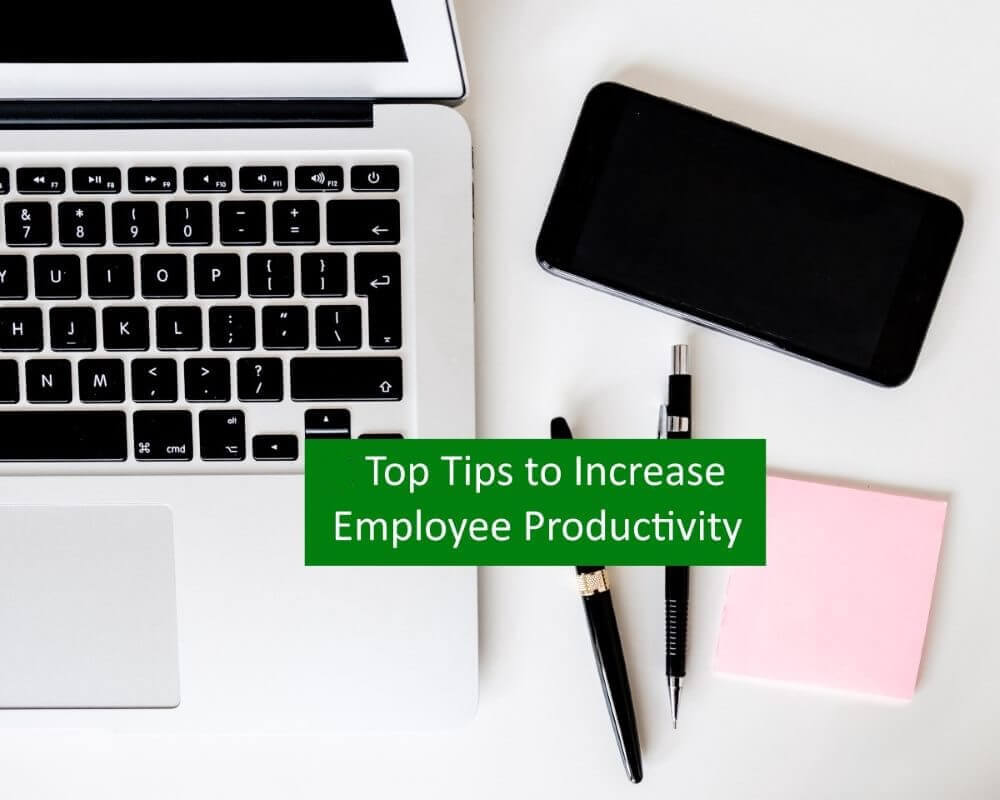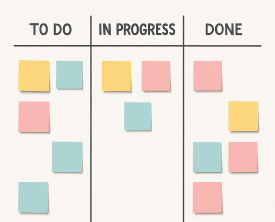
Effective staff planning is essential for organizational success. Properly managing your workforce not only ensures that tasks are accomplished efficiently but also contributes to employee satisfaction and overall company productivity. In this comprehensive guide, we will delve into the importance of
staff planning, the key steps involved, and the strategies to optimize your workforce management for long-term success.
The Significance of Staff Planning
Staff planning, often referred to as workforce planning or human resource planning, is the process of aligning an organization's workforce with its strategic objectives and operational needs. It involves forecasting future staffing requirements, analyzing the current workforce, and devising strategies to bridge any gaps that may exist.
1. Anticipating Workforce Needs: An effective staff planning process begins with forecasting the organization's future staffing requirements. This involves considering factors such as anticipated growth, project pipelines, seasonal demands, and changes in industry trends. By accurately predicting these needs, organizations can proactively allocate resources and prevent staffing shortages or surpluses.2. Resource Optimization: Proper staff planning ensures that your workforce is optimally utilized. This means having the right number of employees with the necessary skills and qualifications to meet current and future demands. An overstaffed team can lead to unnecessary costs, while an understaffed team can result in burnout and decreased productivity.3. Employee Satisfaction: When staff planning is executed effectively, employees are more likely to feel valued and empowered. Proper staffing levels reduce stress and work overload, leading to higher job satisfaction and a healthier work-life balance.4. Cost Efficiency: An optimal staffing plan helps control labor costs. Overstaffing can lead to unnecessary payroll expenses, while understaffing can result in overtime costs and reduced productivity. A balanced approach ensures that labor costs are aligned with the organization's financial goals.Key Steps in Staff Planning
1. Assess Current Workforce: Begin by evaluating your existing workforce's skills, strengths, and weaknesses. Identify any gaps in expertise or potential overstaffing in certain areas. This assessment provides valuable insights into the skills you have and those you may need in the future.2. Set Objectives and Goals: Clearly define your organization's short-term and long-term objectives. These objectives will guide your staff planning efforts and help you align your workforce with your strategic goals.3. Forecast Future Requirements: Utilize historical data, industry trends, and business projections to estimate future workforce needs. This can involve anticipating changes in demand, technological advancements, and market shifts that may impact staffing levels.4. Identify Skill Gaps: Compare your projected future requirements with the skills and capabilities of your current workforce. Identify areas where you might face skill shortages and areas where upskilling or reskilling is necessary to prepare for evolving roles.5. Develop a Staffing Strategy: Based on your assessment, objectives, and forecasted needs, create a staffing strategy. This strategy should outline how you will acquire the necessary talent, whether through hiring, internal promotions, outsourcing, or partnering with staffing agencies.6. Implementation and Monitoring: Put your staffing plan into action while continuously monitoring its effectiveness. Regularly assess how well your plan aligns with changing circumstances and make necessary adjustments as needed.Strategies for Effective Staff Planning
1. Flexible Work Arrangements: Embrace flexible work options such as remote work, compressed workweeks, or flexible hours. These arrangements can help accommodate employee preferences while ensuring that essential tasks are covered.2. Cross-Training and Skill Development: Invest in cross-training employees to handle multiple roles or tasks. This not only creates a more versatile workforce but also helps fill in gaps during peak periods or employee absences.3. Succession Planning: Identify high-potential employees and groom them for leadership positions. Succession planning ensures a smooth transition in critical roles and reduces disruptions due to unexpected departures.4. Data-Driven Insights: Leverage HR analytics and workforce management software to gather valuable data on employee performance, productivity, and engagement. This data can guide informed decision-making when it comes to staffing strategies.5. Collaborative Approach: Involve managers, department heads, and employees in the staff planning process. Their insights can provide a more holistic view of workforce needs and potential challenges.6. Regular Review and Adaptation: Workforce needs and market dynamics change over time. Regularly review and adapt your staffing plan to ensure it remains aligned with your organization's evolving goals and requirements.Staff planning is the cornerstone of a well-organized, efficient, and productive workplace. By anticipating future workforce needs, identifying skill gaps, and implementing strategies that align with organizational objectives, businesses can foster a work environment that promotes employee satisfaction, cost efficiency, and overall success. As industries continue to evolve, mastering the art of staff planning will become increasingly critical for companies aiming to thrive in the ever-changing business landscape.
HR application software can also help determine how many staff members are needed, keep an eye on how employees are doing, and ensure workforce plans fit the company's main goals. When you mix smart
staff planning with what HR application software can do, businesses can handle changing work needs well and create a workplace that values employees and the company's goals.
 Effective staff planning is essential for organizational success. Properly managing your workforce not only ensures that tasks are accomplished efficiently but also contributes to employee satisfaction and overall company productivity. In this comprehensive guide, we will delve into the importance of staff planning, the key steps involved, and the strategies to optimize your workforce management for long-term success.
Effective staff planning is essential for organizational success. Properly managing your workforce not only ensures that tasks are accomplished efficiently but also contributes to employee satisfaction and overall company productivity. In this comprehensive guide, we will delve into the importance of staff planning, the key steps involved, and the strategies to optimize your workforce management for long-term success.










